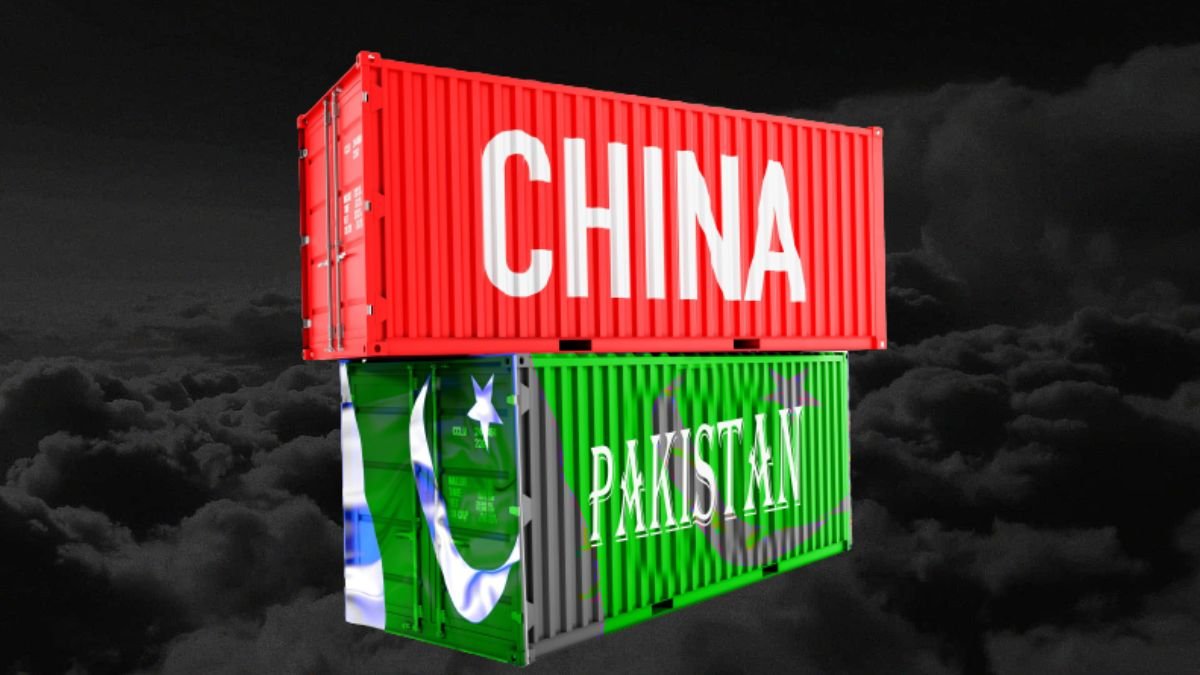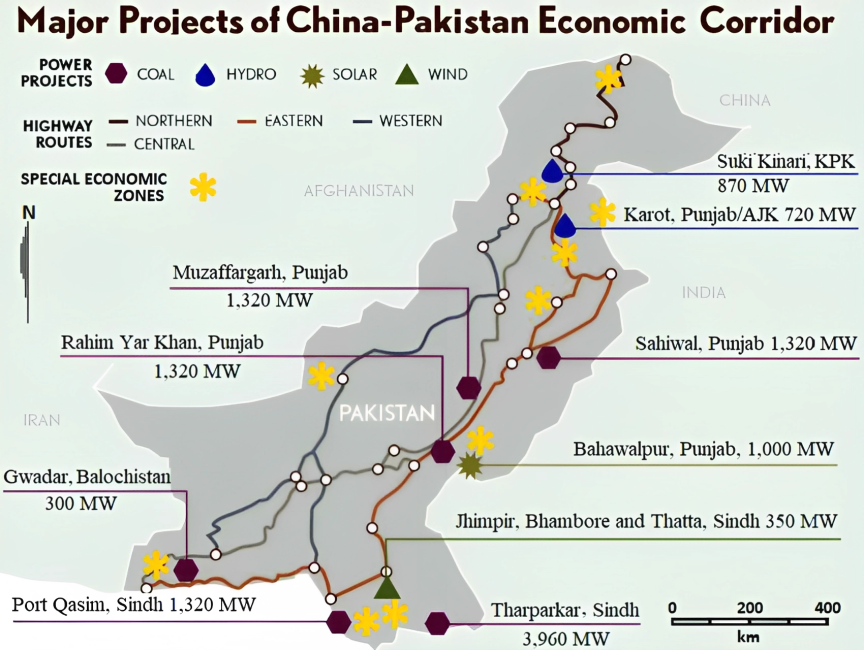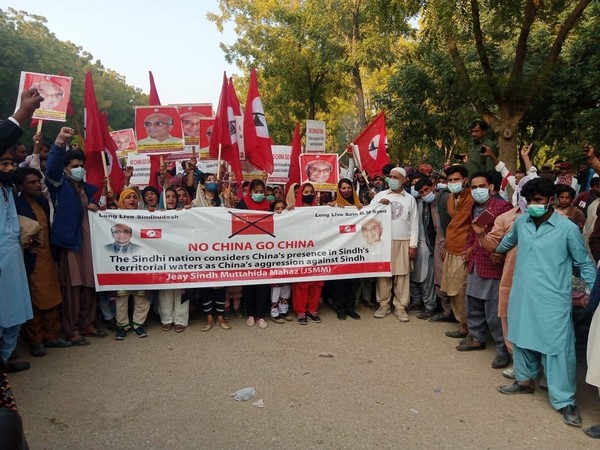Pakistan – China’s Asset or a Failed Investment

“I am deeply concerned about the security of Chinese people in Pakistan and hope that Pakistan will provide a reliable and safe environment for Chinese institutions and personnel going to Pakistan for cooperation” These were the words used by Chinese President Xi Jinping for Pakistan PM Shehbaz Sharif during their meeting last year, on their concern over CPEC project. Such a statement coming from a country that has given support to Pakistan at international forums and has heavily invested, is a bit surprising and raises questions like, is Pakistan China’s potential asset or a failed investment.
In this article we will discuss India’s two crucial neighbors i.e. China and Pakistan, What all are the investments China has made in Pakistan, and why things are not moving as planned, we will also discuss how it is going to impact India.
China – Pakistan Relations
The 1962 India – China war led to China developing a closer relationship with Pakistan, a boundary agreement was signed between these two nations in 1963, in which Pakistan ceded the Shaksgam Valley to China, and in return, China supported Pakistan’s claim over POK, and considering it as a disputed area, which we clearly saw when China skipped the G-20 meeting that was held in Srinagar this year. Shaksgam Valley or the Trans Karakoram tract is a port of the Hunza-Gilgit region of POK and is a territory claimed by India but controlled by Pakistan. The agreement laid the foundation of the Karakoram highway, built jointly by China and Pakistan in the 1970s, also, Pakistan got China diplomatically in the 1965 India-Pakistan war.

China also considers Pakistan an important country because of its String of Pearls strategy, and constantly invests in multiple forms, from making infrastructures to helping them strengthen their military power, let’s see in detail various investments and ongoing projects that are funded by China and the reasons behind it.
China’s Investments in Pakistan

- CPEC is a multimillion-dollar project, part of Chinese President Xi Jinping’s ambitious project i.e. BRI with an estimated cost of $65 billion, was announced in 2015 and was aimed at overhauling
During the first phase of CPEC, dozens of projects, mainly related to power and transport infrastructure, were carried out with the help of Chinese money. The second phase of the initiative, which began last December and comprises 27 projects, has focused on boosting manufacturing capacity and job creation. And Beijing has been pumping money not only to Pakistan’s economic hubs but also to places like Pakistan-administered Kashmir and northwestern Khyber Pakhtunkhwa province. Many Pakistanis remain euphoric about the growing Chinese investment in the country, arguing that it’s needed to pull Pakistan out of a severe ongoing economic crisis.
Pakistan’s crumbling infrastructure and linking the Gwadar Port to Western China. You can read more about these projects on our website. - Nuclear Deals: according to The New York Times, China played an important role in Pakistan’s 1998 Nuclear test, by providing blueprints, minerals, and scientists for it. Also, China and Pakistan signed an agreement for a 1,200 MW nuclear power plant in the Chashma nuclear complex in Pakistan, on 20th June. The deal is reported to be worth $4.8 billion. The Chashma 5 project will be built in the central province of Punjab. China’s support will help Pakistan make the transition away from reliance on fossil fuels.
- According to data from Sweden’s Stockholm International Peace Research Institute (SIPRI) published in March, between 2017 and 2021, Beijing met 72% of Islamabad’s demand for major arms. China is providing state-of-the-art military weapons and technology to Pakistan. these include JF 17 Thunder, Al-Khalid tanks, HQ-16 Air defense system, Eight Yuan class submarines, four advance frigates, and Armed Drones.
- There are many more such examples that show the depth of their relationship.
Despite such a relationship, which aims in boosting the economy of Pakistan, repercussions are faced by China, let us see why. Now we will discuss repercussions, which raises the question in first place is Pakistan, China’s asset, or a failed investment.
Repercussions of These Investments
The Chinese have been facing resistance in Balochistan, where they are investing huge money in building Gwadar Port as part of a multi-billion dollar CPEC project. While the region is considered risky for investment, the Chinese appear to have had no qualms so far in funneling money into the province. In August last year, a suicide bomber attacked Chinese nationals in Balochistan injuring one person whereas a gun shooting incident killed two Chinese factory workers. They have been facing resistance across Pakistan as they are not only exploiting the resources but creating unemployment for local Pakistanis, fueling anti-China sentiments amongst Pakistanis.
According to The Print, between July 2021 and March 2022, over 80 percent of Pakistan’s bilateral debt service went to China. However, Pakistan has failed to repay the debt and has asked for debt relief. Recently Pakistan’s Defence Minister Khawaja Asif recently stated that Pakistan has already defaulted.
Pakistan has already fallen into the Chinese debt trap, and its economy is in a deep mess. Due to increasing reliance on China, Pakistan is facing massive debt, and dwindling cash and reserves. Pakistan reportedly owes USD 30 billion, or one-third of its external public debt to China and Chinese commercial banks.

The main purpose of investments was to have an alternative to its main trade route, but the project doesn’t seem to reaching an end any soon. Also, Pakistan due to its weak economy is not in a position to keep India at a constant threat by deploying its weapons near the border. It will be a toil on Pakistan’s reserves to spend money on the movement and maintenance of weapons. This means it reduces the possibility of a two-front war, as it will be China who has to fund Pakistan’s weapons and their deployments. This is clearly a liability, as these are not times of war but of diplomatic superiority.
Due to these reasons, these projects are stalled and Chinese citizens working on those projects were arrested and are now released. This defames the reputation of the current Chinese government and is making Chinese citizens doubt such projects and capabilities of the government.
Also Read, China’s Debt Trap – Masterstroke Or Blunder?
Impact on India
By now we can see Pakistan, China’s asset, or a failed investment. India holds a strategic Importance in Asia, and it is not liked by China at all, so it is taking advantage of adverse relations between India and China, and making Pakistan fall into its debt trap, because of this India might face various challenges like
- Two-Front War: Convergence between the two countries raises the real specter of a ‘two-front’ war. resulting in a heavy loss of men and resources for India.
- Negotiation of Lost Territory: China often openly supports Pakistan’s claim over PoK and recognizes it as a disputed area, However, with their convergence, China will claim Askai Chin as its territory.
- China’s Rise to Global Power Status: China and Pakistan both share a common objective to prevent India’s rise. With China’s rise as a global power, India views its partnership with Pakistan as a greater concern than before. With CPEC, China will have an alternative to its trade route from the Strait of Malacca in the Indian Ocean, which can be controlled by India because of its good relations with Indonesia and Singapore, and act as a balance of power between India and China.






Informative post 👍